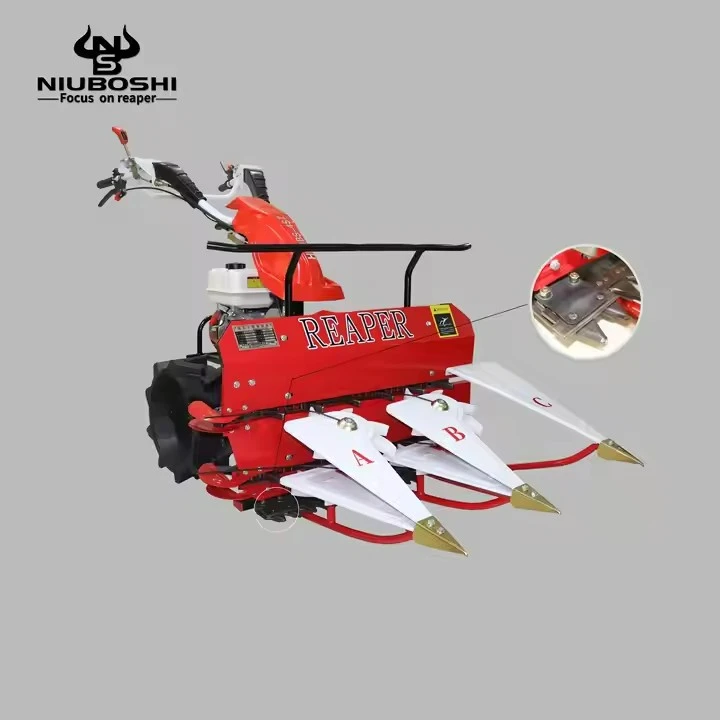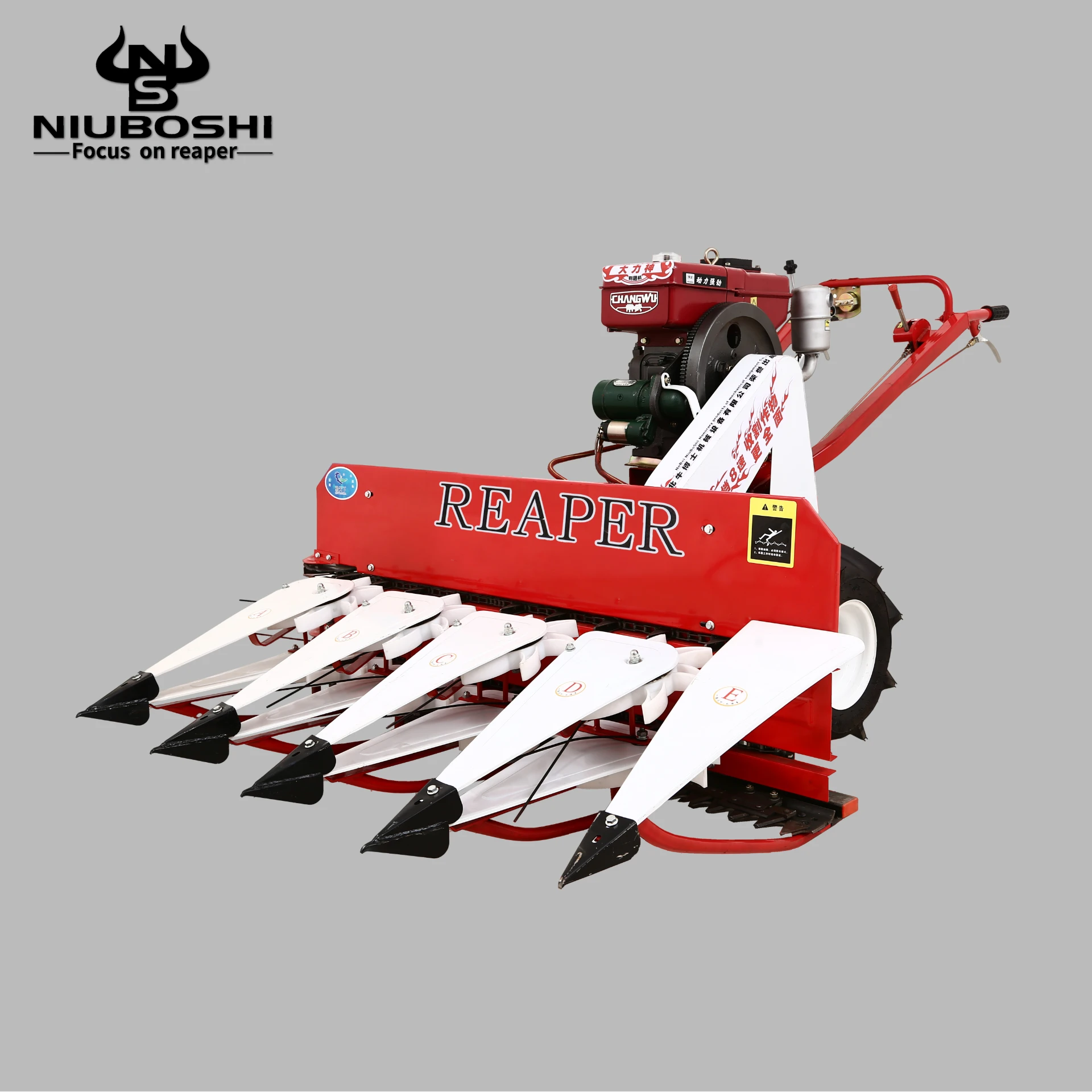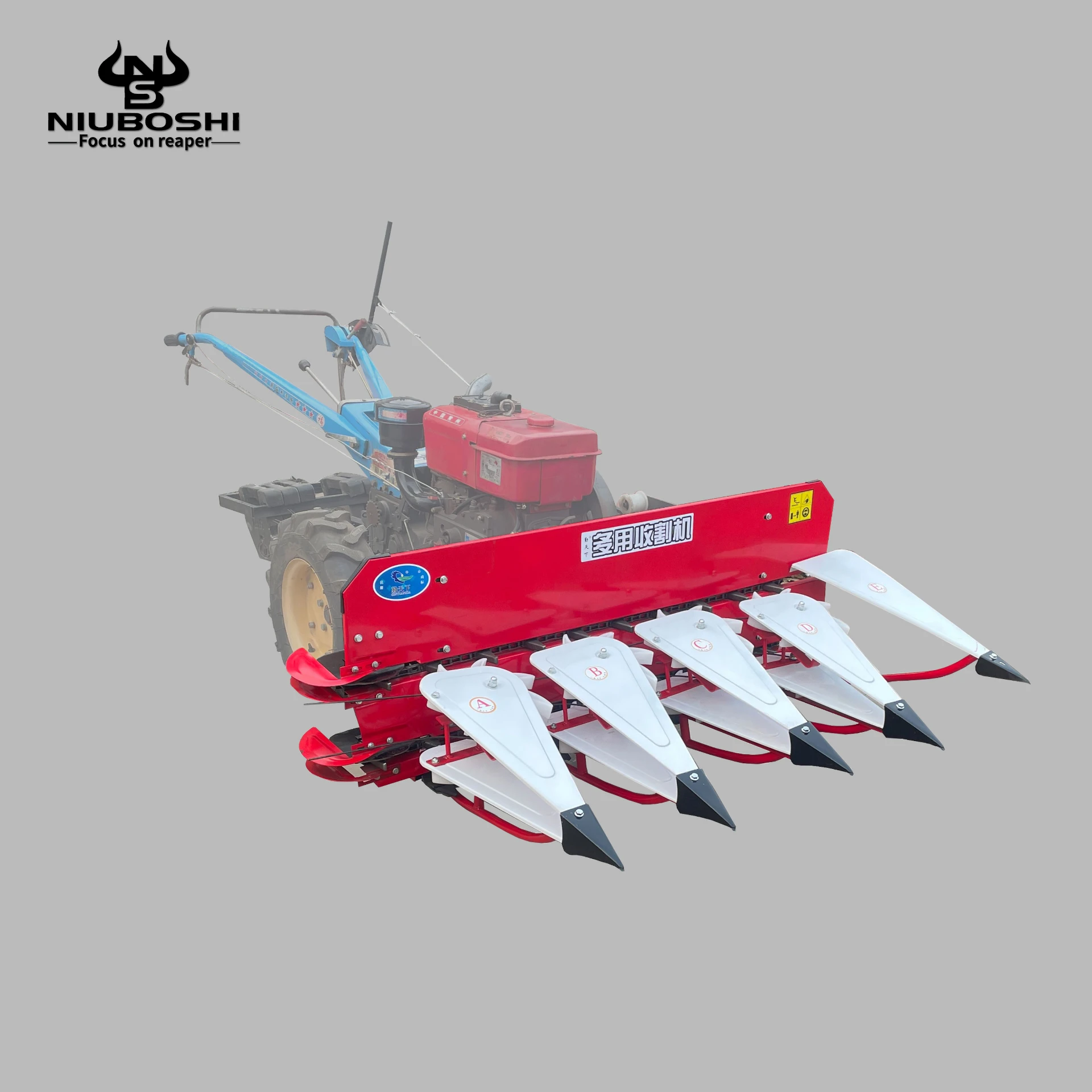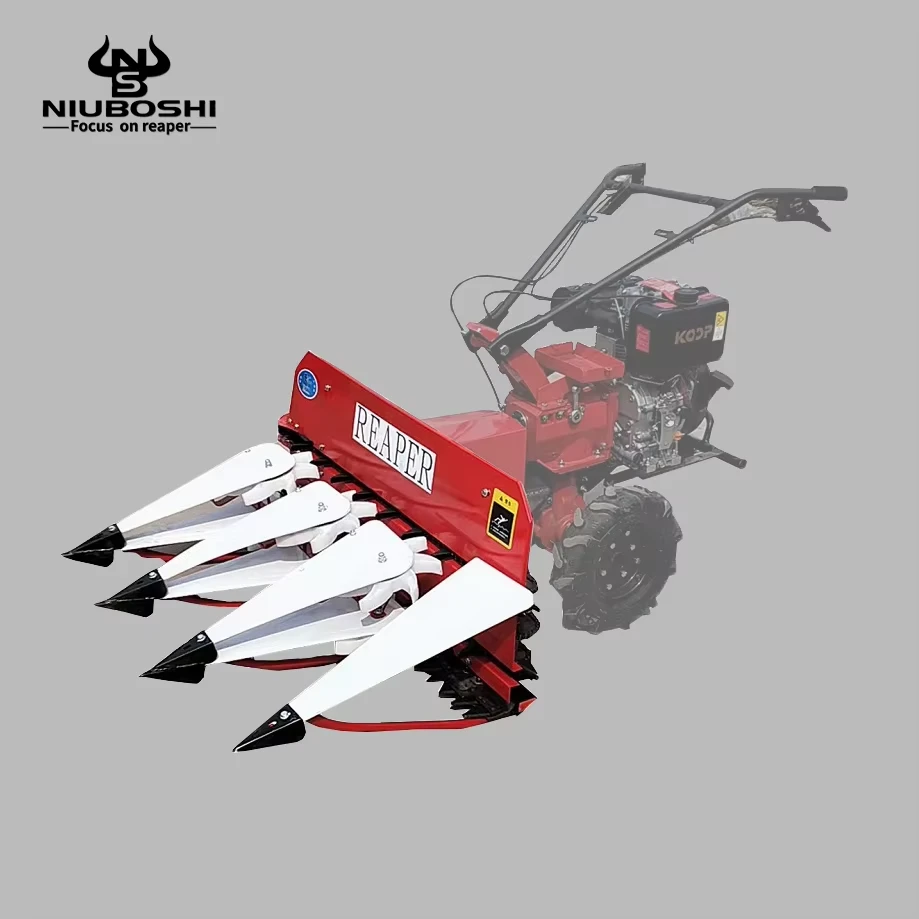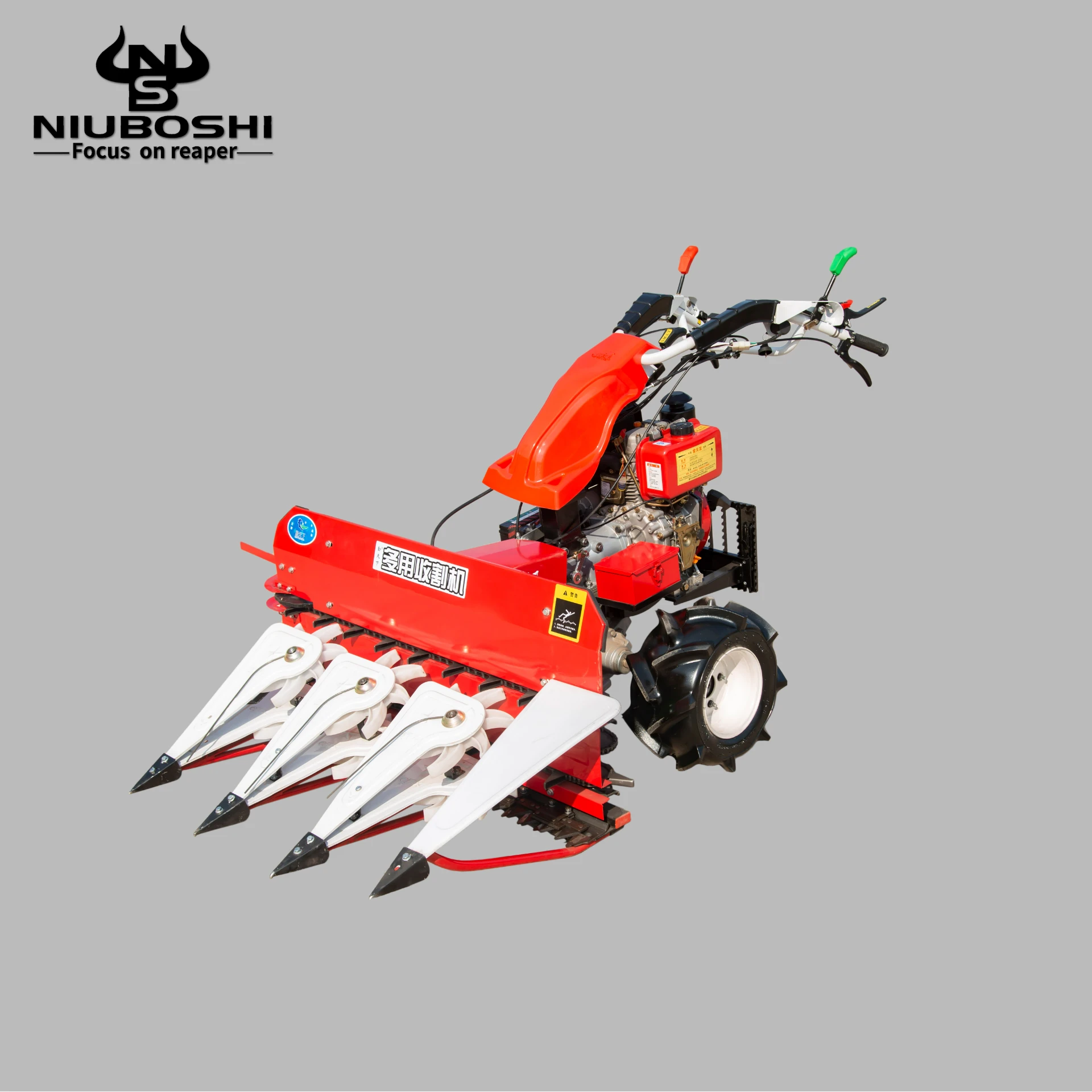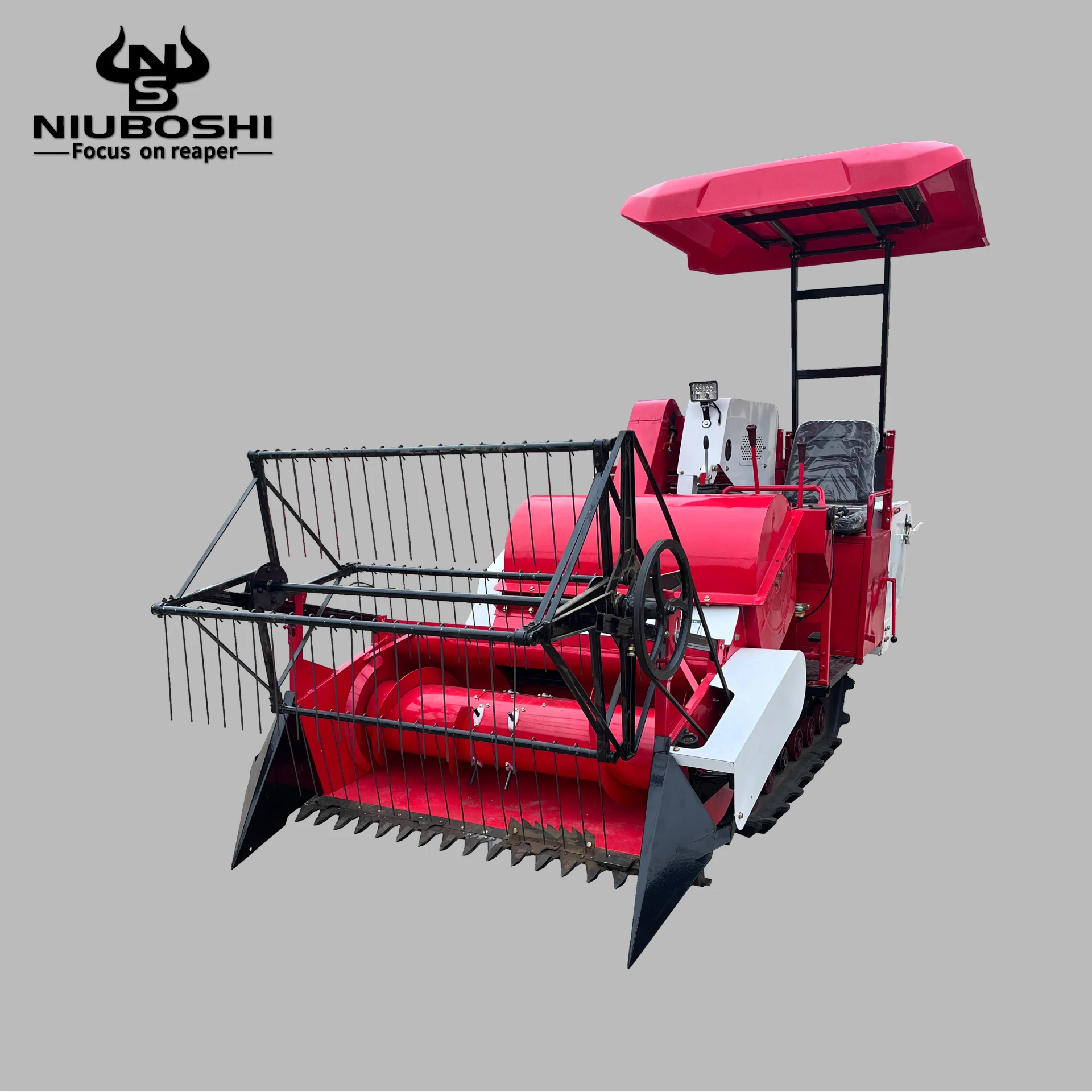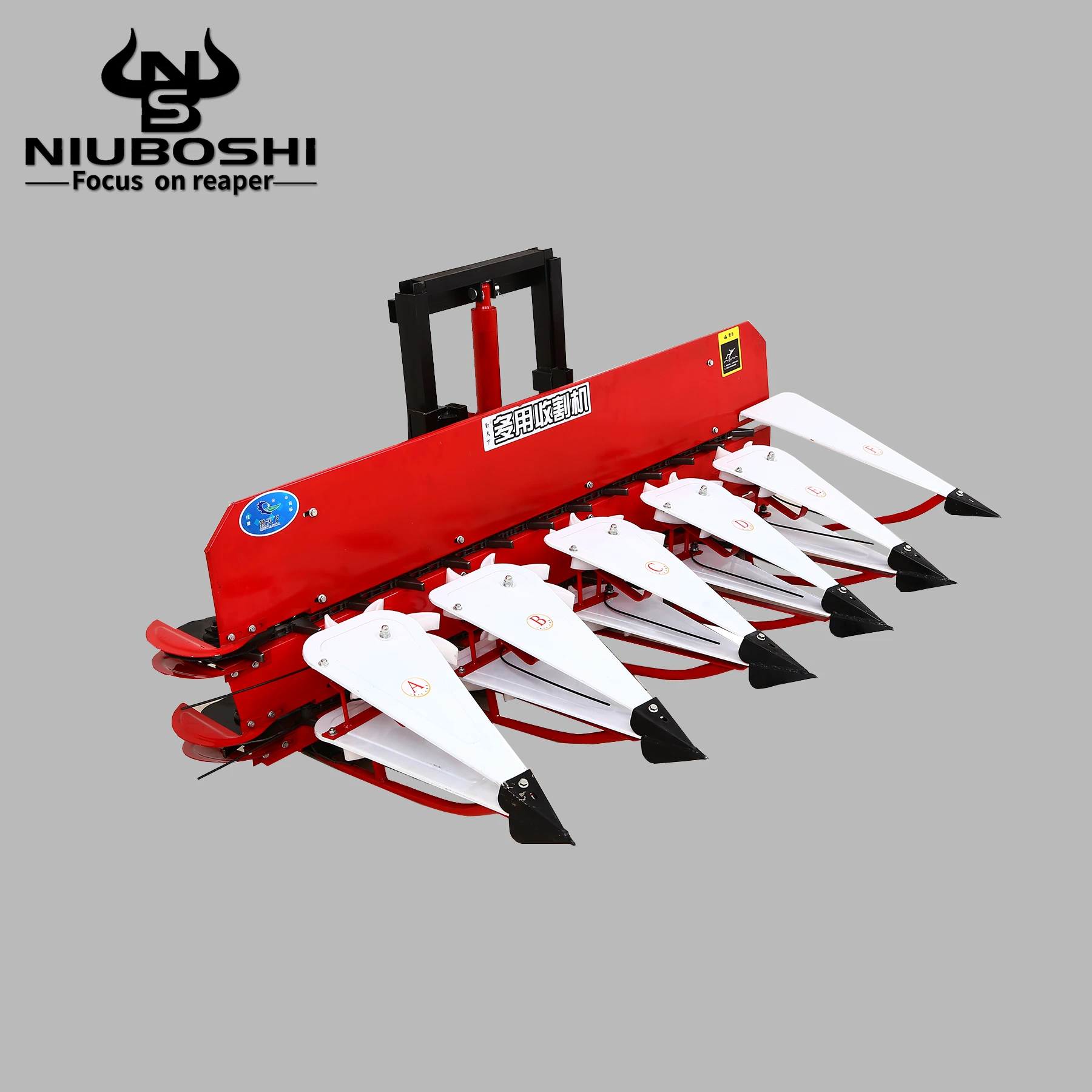
Reaping the Benefits of Modern Agriculture: The Wheat and Paddy Cutting Machine
Agriculture stands as the backbone of many economies worldwide, with wheat and paddy being staple crops for many cultures. Over the centuries, the agriculture sector has undergone an enormous transformation, pivoting from labor-intensive practices to embracing mechanization. One of the most critical advancements in this sector is the development of the wheat and paddy cutting machine. These machines represent a leap forward in agricultural technology, promising increased efficiency, reduced labor costs, and enhanced productivity and scalability in farming operations.
The traditional methods of cutting wheat and paddy relied heavily on manual labor, which was not only time-consuming but also incredibly strenuous. Farmers often spent long hours in the field, bent over in harsh conditions, using sickles or small scythes. This not only limited the amount of crop that could be harvested in a given timeframe but also contributed to significant physical wear and tear on the farmers. The advent of wheat and paddy cutting machines revolutionized these age-old practices by introducing mechanized solutions that can perform the same tasks in a fraction of the time.
Wheat and paddy cutting machines typically function using a series of sharp, oscillating or rotating blades that efficiently cut through the stalks of the crop. The machines can vary in complexity, from simple handheld devices to large, tractor-mounted units capable of covering vast fields in a single day. Simple handheld devices are often used in smaller agricultural plots where maneuverability and ease of use are prioritized, whereas larger, more complex machines are ideal for vast fields needing swift and extensive harvesting.
The efficiency of these machines is unparalleled. A task that might have taken days to accomplish manually can now be done in hours, significantly decreasing the time needed for harvesting. This increased efficiency allows farmers to harvest their crops at optimal times, ensuring maximum yield and reducing the risk of loss due to adverse weather conditions or crop deterioration. Moreover, these machines are designed to harvest with minimal crop loss and damage, thereby maximizing the usable yield from each field. This not only translates into direct financial benefits for farmers but also supports food security and sustainability goals.
Cost is a crucial element in the adoption of any new technology, and wheat and paddy cutting machines are no exception. While the initial investment for a cutting machine might seem substantial, the long-term benefits far outweigh the costs. Reduced reliance on manual labor translates into significant savings over time. Additionally, the increased speed and efficiency can lead to larger harvests and, consequently, higher profits. Many governments and agricultural organizations also offer subsidies or financing options to assist farmers in acquiring these machines, recognizing the broader economic and social benefits they bring.
However, the introduction of wheat and paddy cutting machines also brings challenges that need addressing. One major concern is the skill gap; operating these machines requires a certain level of training and expertise. Furthermore, maintenance and repair of these machines are crucial to ensure longevity and optimal performance, necessitating ongoing education for operators. Sustainable practices must also be encouraged, ensuring that the environmental impact of mechanized farming is minimized. For instance, the use of fuel-efficient engines and the development of battery-powered machines can help reduce the carbon footprint of these agricultural tools.
In conclusion, the wheat and paddy cutting machine represents a pivotal innovation in modern agriculture. It embodies the shift from manual, labor-intensive farming methods to a more efficient, mechanized approach. Not only does it alleviate the physical burden on farmers, but it also enhances productivity and profitability. Despite the initial investment and requisite training, the long-term benefits are significant, making these machines indispensable in the quest for sustainable agriculture. As technology continues to evolve, the potential for further advancements in agricultural machinery promises to propel the sector into an even more productive and efficient future.
Latest news
-
Mini Combine Harvester for Paddy – Compact, Efficient Rice Harvesting SolutionsNewsNov.24,2025
-
Mini Chain Harvester: Compact Forestry Solutions for Sustainable LoggingNewsNov.23,2025
-
Kartar Mini Harvester – Compact, Efficient Harvesting Machinery for Small FarmsNewsNov.23,2025
-
Compact Power: Elevate Your Farming with Harvesting Machine SmallNewsNov.22,2025
-
Discover the Power and Potential of Harvester Mini Combine Machines | Efficient Small-Scale HarvestingNewsNov.22,2025
-
Compact Harvester Machines: Small-Scale Agriculture’s Big AdvantageNewsNov.21,2025
